The Creation of Everything That We See
A great current video : https://www.youtube.com/watch?v=C1mmTwjHhHs
The WEB telescope, mission all frequency scan, how matter is created
And the WFIRST telescope next mission Dark Matter!
After the Big Bang the energy in the singularity (a point where our universe began) ran into the Higgs Boson field. The energy was cooled down, slowed down, and became matter (E=mc2) in the form of the particles that make up the nucleus of atoms. Those cooling particles ran into each other and then grabbed electrons and finally became atoms – hydrogen atoms. An immense amount of both matter and anti-matter were created. As such, if all the matter and the anti-matter in our universe got together at the beginning, the resulting explosion would eliminate all matter and anti-matter. Thus you can say the universe is made from nothing. It would then go back to being just energy. No one knows why there was a tiny bit more matter than anti-matter. 1 in a billion. But here we are!
Some have come up with this possibility: before the Big Bang there may have been a universe that collapsed and formed the singularity. A series of universes, one after another. This is called the big bounce.

Another view:
“The conclusion was inescapable: the hot Big Bang definitely happened, but doesn’t extend to go all the way back to an arbitrarily hot and dense state. Instead, the very early Universe underwent a period of time where all of the energy that would go into the matter and radiation present today was instead bound up in the fabric of space itself. That period, known as cosmic inflation, came to an end and gave rise to the hot Big Bang, but never created an arbitrarily hot, dense state, nor did it create a singularity. What happened prior to inflation — or whether inflation was eternal to the past — is still an open question, but one thing is for certain: the Big Bang is not the beginning of the Universe!”
Enough matter in the form of hydrogen filled the space we know as the universe, pushed by a force which is not yet understood called dark energy. It is expanding to this day. (Not all galaxies are moving apart however, our galaxy is going to be hit by the Andromeda Galaxy!) Pockets of this hydrogen gas are pulled together by gravity. This was demonstrated in space by astronauts! They took a bag put some sugar in it and the sugar made collections! As the atoms collect together, the gravity of the combined atoms pull in more and more hydrogen. Huge areas of clouds of hydrogen gas are pulled together. The gravity acting on this collection becomes huge, a star is being created.
Below is a graphic that shows the hydrogen in the stellar nursery on the left and the cycle from a protostar to a star to a black hole, white dwarf, or a neutron star and the rest of the star contents blown into the stellar nursery.

In fact a star such as Betelgeuse is almost 100 times the size of the star we call the sun. The gravity eventually becomes so great that it forces the atoms of hydrogen close together.
The quantum nature of every particle in the Universe, and the fact that their positions are described by wavefunctions with an inherent quantum uncertainty to their position, and their overlap enables two hydrogen nucleuses to fuse in the center of these stars. Otherwise the fusion would never have happened. The overwhelming majority of today’s stars in the Universe would never have ignited, including our own. Rather than a world and a sky alight with the nuclear fires burning across the cosmos, our Universe would be desolate and frozen, with the vast majority of stars and solar systems unlit by anything other than a cold, rare, distant starlight. It’s the power of quantum mechanics that allows the Sun to shine. In a fundamental way without quantum functions, the nuclear flame that powers the stars would never light, and the life-giving fusion that occurs in our Sun’s core would never come to be. Yet with this randomness, we win the cosmic lottery all the time, to the continuous tune of hundreds of Yottawatts of power. Thanks to the fundamental quantum uncertainty inherent in the Universe, we’ve achieved a chance at existence.
When two protons meet each other in the Sun, their wavefunctions overlap, allowing the temporary creation of helium-2: a diproton. Almost always, it simply splits back into two protons, but on very rare occasions, a stable nucleus called deuteron (hydrogen-2) is produced (the atom is called deuterium). Deuterium (with a proton and a neutron in the nucleus) almost immediately combines with another deuterium, and helium-4 (two protons and two neutrons) is created. This fusion releases energy. The same explosive energy found in the hydrogen bomb.
Today scientists are trying to harness this explosion to create energy to make electricity.
Inside huge stars the gravity pushes together atoms of many sorts to make materials found today, up to iron in the periodic table.




Each of the colors in the above image indicate a different kind of atom being created. Starting with hydrogen, the creation of helium, oxygen, carbon, neon, nitrogen, magnesium, silicon, and others are also created due to the pressure and heat inside the star. These new atoms, as they are created, also release energy – bombs if you will, exploding deep inside the sun. Helium atoms mashed together create carbon. The mass of the hydrogen atoms is more than the resulting carbon atom, the excess mass that is lost is converted into energy. These explosions support the outer layers of the sun. Gravity acting on the sun is so great that it would collapse if it still were not setting off the explosions inside! Heavier and heavier atoms are created..
A red giant forms from a smaller star after the star’s center gets so full of helium that it can no longer burn its hydrogen fuel there. Instead, the star starts to burn hydrogen in a layer around the center, which makes the star’s outer layers expand, causing its surface to cool and turn red. As a result, some red giants are more than a hundred times the diameter of the sun, making them easy pickings for the jet.

This creation of new elements happens until the element iron is created. Iron has commonly 30 protons, but iron does not combine with other atoms. Adding pressure and heat only heats up the iron.

Iron does not combine to create another different element and thus does not provide an explosion. Copper and the rest are formed, but their reactions use energy, they do not provide energy for the star. Iron and silicon start fusing together, causing the star to consume more energy than is produced by the nuclear fusion of the two elements. It’s basically consuming itself and causing its own death, which is pretty intense.

When no more explosions take place, nothing pushes out against the outer layers of the sun.

The iron just gets hot, it does not combine with other elements.
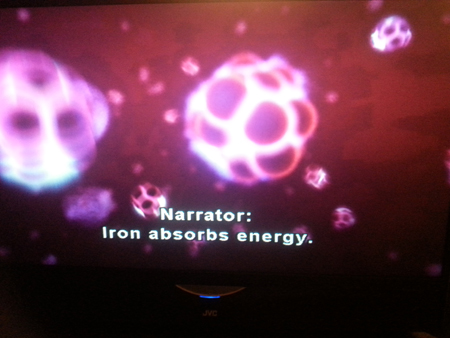
As nothing is holding the sun’s shape, something has to give.


A lot of energy is available, but not enough to get iron to fuse.
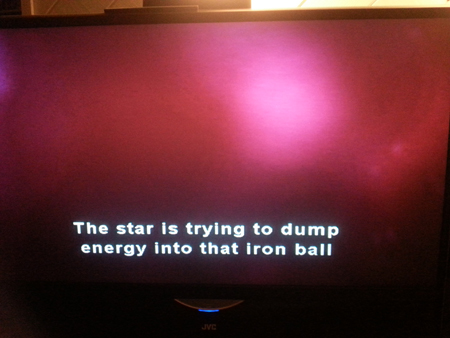
Fusion is not happening.












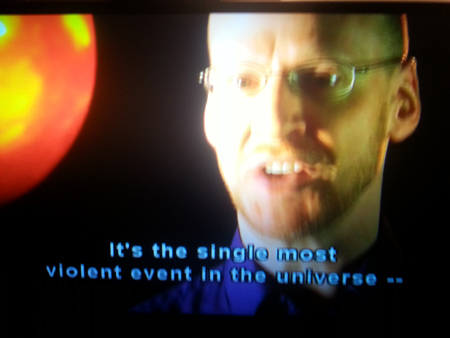




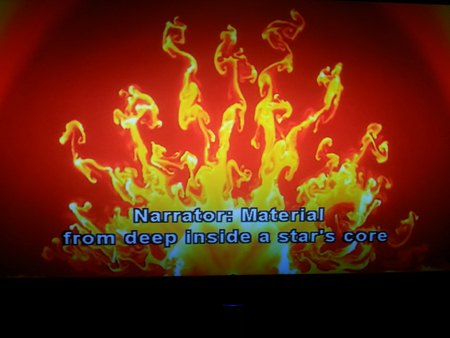

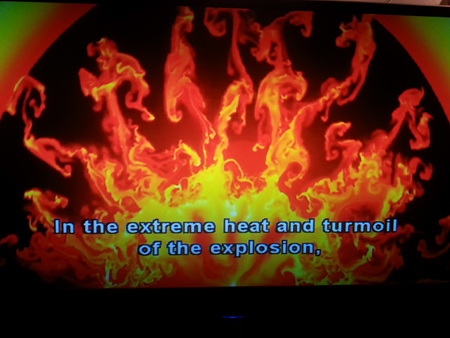


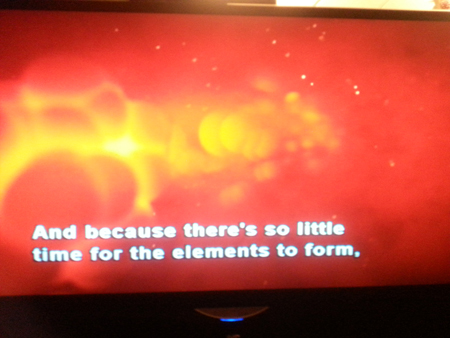
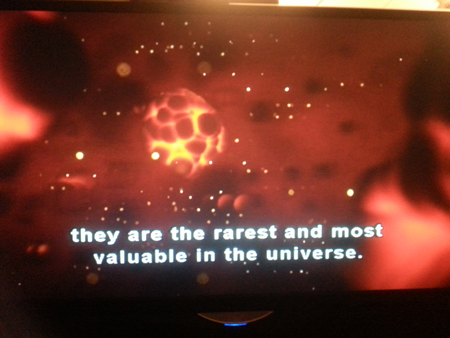
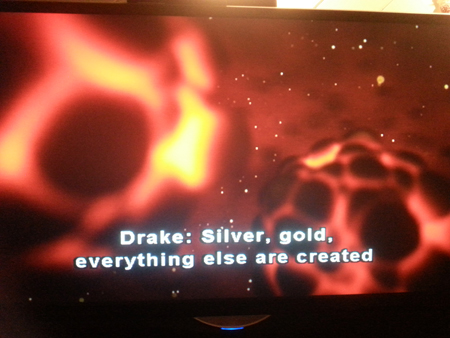
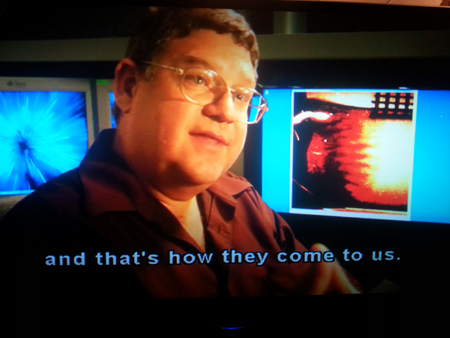
All of our elements come from the stars, up to iron in an active star, the rest are created as a result of the explosion when the star explodes, and also from two neutron stars when they collide. “The products of the merger of two neutron stars would be gold, uranium, europium—some of the heaviest elements in nature,” said Adam Burrows, a professor of astrophysical sciences and the director of the Program in Planets and Life.
Read more at: https://phys.org/news/2017-11-neutron-star-merger-decades.html#jCp
A neutron star.



But the left over neutron star is a dead body, hanging around in space. Only when two of these collide do we get more elements released! Could dark matter be partly trillions of these scattered all over the universe? Experiments have shown that this is not the case, not enough matter was created in the big bang to account for dark matter.
Some think that half of Dark Matter is filaments of baryon, roughly half of the normal matter in our universe – protons, neutrons and electrons – unaccounted for by previous observations of stars, galaxies and other bright objects in space. Baryon is a subatomic particle, such as a nucleon or hyperon, that has a mass equal to or greater than that of a proton.
The dust from the star explosion, and hydrogen gas, make up new stars and the planets around them. Maybe the explosion does not make just dust. Maybe some chunks are thrown out. The core of our earth for instance maybe! The closer the dust cloud, now aggregated to become a planet, is to a sun, the more solid it becomes as the hydrogen is pulled off. Chunks striking the earth cause friction, making the proto earth a molten mass at one time. Jupiter, Saturn, Uranus and Neptune are the planets located farther from the Sun, they are gas giants, leftover gas from the hydrogen/dust cloud which was used to create our sun. They remain gas as they are so far from the sun. The inner planets are solid left over dust.

Where Your Elements Came From
Image Credit & License: Wikipedia: Cmglee; Data: Jennifer Johnson (OSU)
Explanation: The hydrogen in your body, present in every molecule of water, came from the Big Bang. There are no otherappreciable sources of hydrogen in the universe. The carbon in your body was made by nuclear fusion in the interior of stars, as was the oxygen. Much of the iron in your body was made during supernovas of stars that occurred long ago and far away. The gold in your jewelry was likely made from neutron stars during collisions that may have been visible as short-duration gamma-ray bursts or gravitational wave events. Elements like phosphorus and copper are present in our bodies in only small amounts but are essential to the functioning of all known life. The featured periodic table is color coded to indicate humanity‘s best guess as to the nuclear originof all known elements. The sites of nuclear creation of some elements, such as copper, are not really well known and are continuing topics of observational and computational research.
THUS, WE ARE STARDUST!!
Photos from How the Universe Works (Discovery Channel)
